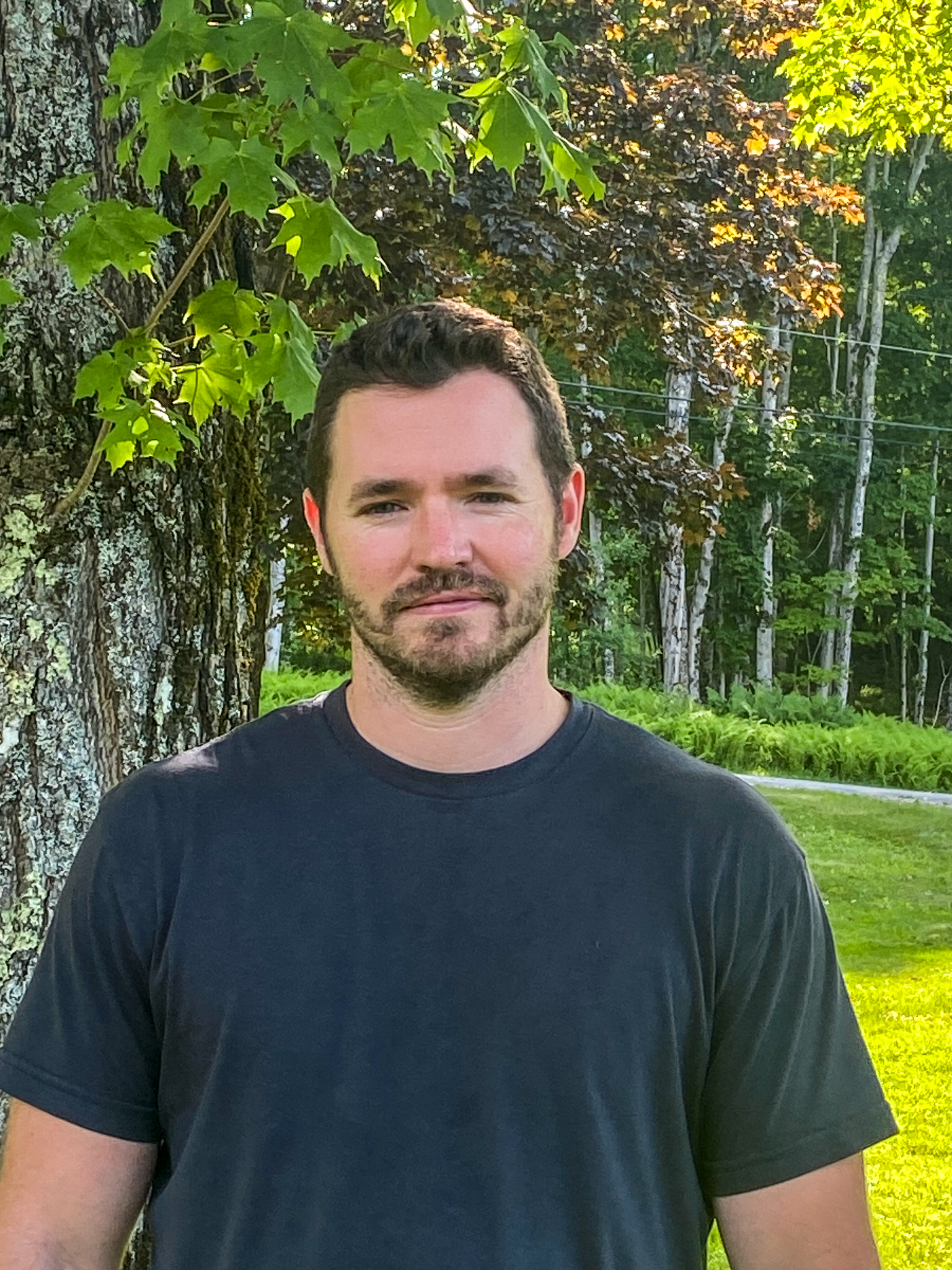When Cory Keeffe looks down the private road where he and his wife rent their home, mature sugar maples define the landscape. Every day, he glimpses the black poplar nearby which was just designated the largest of its species in New Hampshire.
The Co-op’s Senior Arborist will tell you, “I am in the utility industry and I am responsible for a lot of trees coming down, but I do love trees and that’s why I got into this industry to begin with. I’m just amazed by their beauty and their unique characteristics.”
There is a lot for him to be amazed by in the second most forested state in the country. That, and a forestry program he took in his senior year of high school, made him fall hard for trees.
Given his 14 years in the business, Cory understands the damage and the danger involved when trees and vegetation obstruct power lines and rights of way. And it’s why state law recognizes a utility’s duty to maintain vegetation around poles and lines.
The rubber hits the road when the “incompatibles” – oaks, black locusts, maples – that can grow 20 to 40 feet high or taller encroach on the power lines. When trees on someone’s property interfere with power lines, it falls to Cory and the other degreed and highly certified arborists in the Vegetation Management department to be the people bearing the news: Your tree has to come down.
“I don’t want to be that guy,” said Cory whose prior experience spans working for a private tree company that helped eradicate the invasive Asian Long-Horned beetle in Worcester, Mass., which was killing the maples. He was also a “ground man,” assisting the bucket foreman or climber and handling the work zone, for one of the tree companies that has worked on the Co-op system for decades, a contracted utility arborist for Eversource and a community forester for the state of New Hampshire.
Members love their trees, but they also love their electricity. All of that comes with a responsibility for the Co-op to be stewards of a utility that prioritizes safety for members and our crews, reliability of electric service and affordability. The arborists oversee our integrated vegetation management program which uses a blend of methods to control vegetation.
Keeping powerlines and rights of way clear is not all about cutting, but the methodical, lengthy process does in fact begin with mechanical cutting of branches and trees. A year or two afterwards, when there is resprouting from hardwoods, a controlled, selective low volume herbicide is applied directly to the so-called incompatibles. The surrounding low growing species are not sprayed, allowing them to flourish and spread so that compatible vegetation naturally manages the area by outcompeting the incompatible species.
“Each time we go through the manual cutting and spraying, we get more of the biological control, where we are managing vegetation with other vegetation, the most sustainable and cost-effective way to control vegetation along the power lines,” Cory said.
Vegetation management is the first line of defense in keeping the power on and it’s also for the love of trees.
